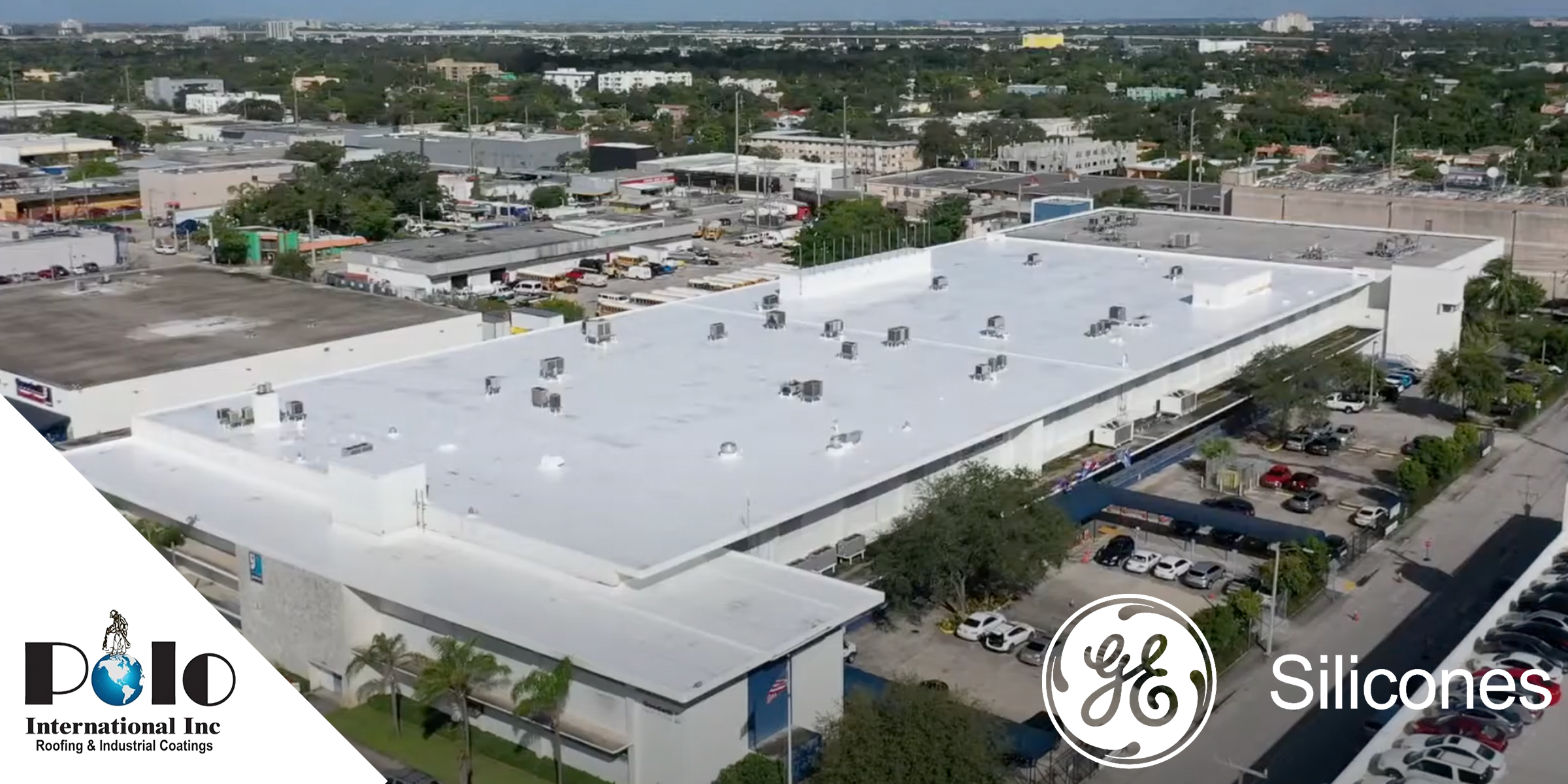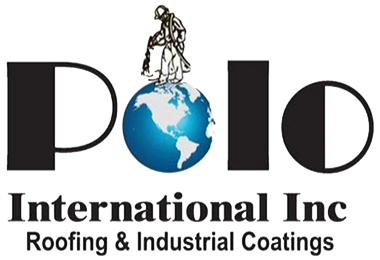
A Seamless, Airtight Barrier
Spray foam roofing systems offer advantages that extend far beyond the coverage of traditional insulation. At the core of SPF’s superior performance is its ability to form a seamless, airtight barrier. When polyurethane foam is sprayed onto a roof deck, it expands and adheres to virtually any substrate, filling gaps, cracks, and penetrations that would otherwise allow conditioned air to escape. This continuity not only preserves internal temperatures but also prevents external pollutants and moisture from infiltrating the building envelope. As a result, HVAC systems operate more efficiently and energy costs drop, aligning with the recommendations of the Energy Star Roofing Guidelines.
Insulation Specifications
Spray polyurethane foam (SPF) distinguishes itself through a combination of high thermal resistance, varying density options, and structural integrity. Closed-cell SPF typically achieves R-values between R-6.0 and R-7.0 per inch, surpassing the performance of fiberglass or rigid board insulations. Its closed-cell structure resists water intrusion, thwarting mold growth and preserving thermal efficiency over decades. Manufacturers such as GE Silicone, Carlisle, HENRY Co., and Everest Systems offer formulations tailored to specific roof assemblies, providing higher-density options when compressive strength is critical—especially for roofs that support pedestrian or equipment traffic. The foam’s liquid application allows it to conform to complex geometries, ensuring uninterrupted R-value continuity and mitigating thermal bridging.
Weather Resistance and Durability
Beyond its insulating properties, SPF roofing actively shields commercial buildings from weather-related damage. The cured foam layer acts as a watertight membrane that stands up to wind uplift, hail impact, and ponding water without seams or fasteners that might fail over time. A reflective silicone or elastomeric topcoat further enhances UV stability and longevity, strengthening the foam against sun-driven thermal cycling. This combination of waterproofing and UV protection significantly extends the service life of a roof system, reducing life-cycle costs and minimizing landfill waste associated with premature replacements. For standards on SPF composition and performance, consult ASTM C1029.
Structural Enhancement
SPF roofing does more than resist heat and moisture; it contributes to the structural integrity of the roof assembly. As it cures, SPF bonds to decking materials, creating a unified layer that distributes loads more evenly. This added rigidity helps roofs resist uplift forces in hurricane-prone regions and decreases the likelihood of membrane fatigue. By strengthening the overall assembly, spray foam roofing reduces maintenance needs and guards against the progression of small defects into major failures.
Environmental and Cost Benefits
In major metropolitan markets—from New York to Los Angeles—property owners face both stringent sustainability requirements and volatile energy prices. SPF roofing addresses these challenges by reducing building energy consumption, which lowers greenhouse gas emissions and can qualify properties for green building incentives. The system’s longevity and minimal maintenance requirements further enhance its cost-effectiveness over a 20- to 30-year lifecycle. When combined with periodic inspections and topcoat renewals, SPF roofs can deliver decades of reliable performance without the frequent repairs that plague conventional systems.
Enhancing Building Performance
For commercial building owners and managers, the decision to invest in spray foam roofing represents a strategic move toward premium operational standards. By integrating SPF into a comprehensive roofing maintenance strategy, teams can ensure consistent interior comfort, improved indoor air quality, and resilient protection against water intrusion and UV degradation. To explore how spray foam roofing can elevate your property’s performance, visit our Commercial Roofing Services page or consult the NRCA guidelines for best practices in roof system design and upkeep.
Conclusion
Spray foam roofing transcends ordinary insulation by combining a seamless, airtight barrier with exceptional thermal resistance, structural reinforcement, and environmental resilience. Its ability to adhere to irregular surfaces, resist water and UV damage, and bolster overall roof assembly strength makes SPF the premier choice for commercial facilities seeking long-term value and efficiency. As sustainable building standards rise, SPF roofing stands out as a forward-looking solution that safeguards assets and optimizes energy performance.
Contact a commercial roofing expert today to learn how spray foam roofing can transform your building envelope and deliver lasting benefits. Schedule your consultation with Polo International.



